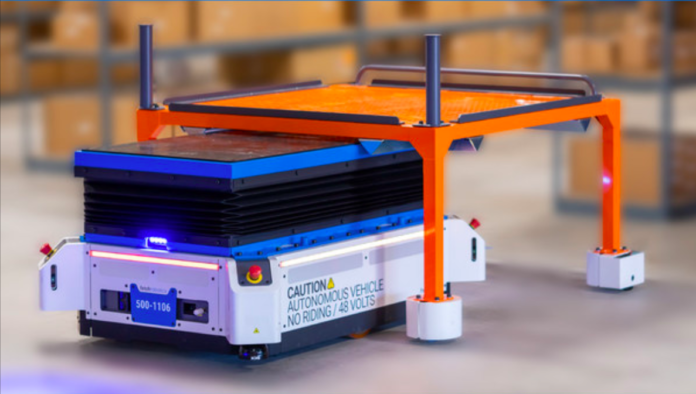The number of industrial robots operating in China´s factories increased by 21%, approaching a million at a record high 943,000 units, according to the World Robotics 2021 Industrial Robots report presented by the International Federation of Robotics (IFR).
The one-million-unit mark is expected be broken by the end of 2021, indicating the rapid speed of robotisation in China.
This was observed along with a 20% year over year rise sales of new robots, with about 168,000 units shipped in 2020 — the strongest growth ever recorded for a single country.
“Order intake and production in the Chinese manufacturing industry began surging in the second quarter of 2020,” said Milton Guerry, president of IFR.
Chinese robot manufacturers mainly catered to the domestic market, where they held a market share of 27% in 2020 at 45,000 units.
This share has with some volatility been constant in the past eight years. In 2020, installations of foreign robots — including units produced in China by non-Chinese suppliers — grew strongly by 24% to 123,000 units with a total market share of 73%.
Globally, robot installations are expected to rebound strongly and grow by 13% to 435,000 units in 2021, to exceed the record level achieved in 2018.
Installations in North America are expected to increase by 17% to almost 43,000 units. Installations in Europe are expected to grow by 8% to almost 73,000 units.
Robot installations in Asia are expected to exceed the 300,000-unit mark and add 15% to the previous year’s result.
Japan remained second to China as the largest market for industrial robots, though the Japanese economy was hit hard by the Covid-19 pandemic. Sales declined by 23% in 2020 with 38,653 units installed.
In contrast to China, demand from the electronics industry and the automotive industry in Japan was weak. Japan’s operational stock was 374,000 units ( an increase of 5%) in 2020.
The “boom after crisis” is expected to fade slightly in 2022 on a global scale. From 2021 to 2024, average annual growth rates in the medium single-digit range are expected.
Minor contractions may occur as a statistical effect, “catch-up” occurs in 2022 or 2023. If this anomaly takes place, it will not break the overall growth trend.
The notable mark of 500,000 units installed per year worldwide is expected to be reached in 2024.
















